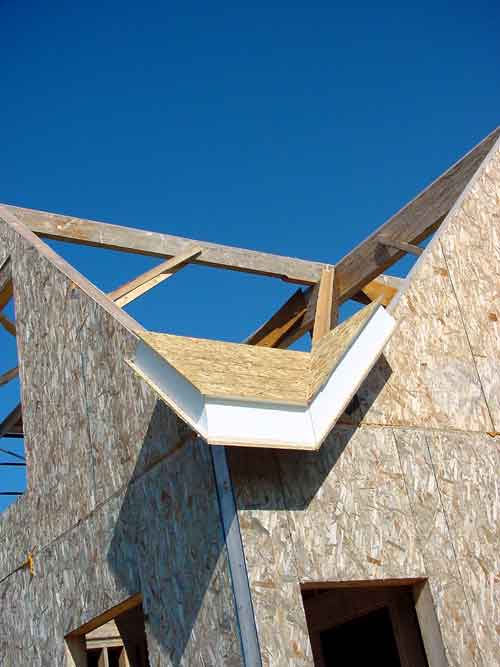 Technology isn’t always the toughest barrier to green innovations, and a contractor named Reiner Hoyer is experiencing this reality first hand. He’s been in the building business for 30-years, first in his native Germany, and in Canada since 1985. He’s also won awards from Renomark and the Toronto Homebuilder’s Association, including the coveted Renovator of the Year award in 2005. Yet all this technical and business experience may not be enough to keep Hoyer’s current dream alive. His plan is to build what may be Toronto’s greenest home, but this requires technical and design features that go way beyond the ordinary. And as it happens, stepping outside the box has sobering implications.
Technology isn’t always the toughest barrier to green innovations, and a contractor named Reiner Hoyer is experiencing this reality first hand. He’s been in the building business for 30-years, first in his native Germany, and in Canada since 1985. He’s also won awards from Renomark and the Toronto Homebuilder’s Association, including the coveted Renovator of the Year award in 2005. Yet all this technical and business experience may not be enough to keep Hoyer’s current dream alive. His plan is to build what may be Toronto’s greenest home, but this requires technical and design features that go way beyond the ordinary. And as it happens, stepping outside the box has sobering implications.
Passive House
When it comes to efficient housing design, Hoyer is the most passionate man I’ve met. His current vision is to build something called a “Passive House”. It would be the first in Toronto, though about 25,000 successful Passive Houses exist in Europe right now. Hoyer’s design has been recognized by the US Green Building Council for inclusion in their Greenbuild 2011 Tours Program, but American admiration doesn’t count for anything when it comes to getting permission to build homes differently here in Canada.
The term Passive House means something specific. It incorporates efficient building shape, solar exposure, superinsulation, advanced windows, leading-edge ventilation and other technical features to create structures that use 80% to 90% less energy than conventional new Canadian homes built today. In fact, certified Passive Houses are so efficient that they require no conventional heating and cooling systems at all, and it’s just this kind of thing that threatens to halt Hoyer’s project before it gets going. There are so many innovative features involved in a Passive House that it makes the approval process slow and frustrating. This should come as no surprise, since until recently we haven’t needed an approvals process designed to handle the large volumes of innovations that we now see. Ultimately, the problem stems from a lack of government resources devoted to assessing the flood of innovative design and construction features required to build optimal houses in the 21st century. Government definitely needs to be a watchdog over how homes are built. No question. But there can be, literally, dozens of radical innovations required to build an optimal house these days, and the system does not seem to be designed and funded to handle this load.
Two Innovative Features: Insulation and Ventilation
Hoyer’s project is based on a lot in the Yonge and Sheppard area. It currently has an energy guzzling, 1960s bungalow sitting on it. His original plan was to retain the existing basement and subfloor, then build all-new exterior walls using a system of foam-insulated frames that deliver a whopping R-50 of insulation. Trouble is, this one feature alone requires individual assessment and approval for use in North York involving a process that can take weeks or months.
Another issue is the ventilation system. Passive House standards require very low air leakage, and this means a heat recovery ventilator is absolutely mandatory. Everyone agrees on that. Trouble is, none of the HRVs typically sold in Canada are efficient enough to work in a Passive House situation. Reiner has sourced a German model that will work in this application, and is willing to pay the full price for a special inspection to make it legal here in Canada. What’s less clear is whether or not Hoyer can afford to wait while an overloaded process delivers a verdict.
Brace Yourself
The entire modern world is about to enter an extremely challenging time. As oil deposits become more difficult to find and less efficient to extract, it will ripple through our entire, oil-dependent world, forcing us to make changes throughout society that have proven too painful to complete so far. Cheap, plentiful energy has been like training wheels on the bicycle that is the modern world. It has given us 100 years of much easier manufacturing, heating and transportation than will be possible with even the most promising alternatives on the horizon right now. And though we will survive with new technologies and different ways of low-energy living, the ability to efficiently assess and approve homebuilding innovations needs to become one of our most important skills as a society. Are we up to it? I hope so. It’s going to take innovative government processes to allow innovative technical solutions to deliver the homebuilding gains we need.